Aparna Adhare and Sania Galundia from Maharaja Sawai Man Singh II Museum, Jaipur share with ReReeti some of the insights from the panel discussion on the role and possibilities of technology in Museums.
Museums exist simultaneously in the physical and online world. Having only a website doesn’t cut it anymore. Museums and institutions are now engaging with interactive online spaces to widen their reach and create a sustained online presence. If you thought this was all about content cross-posted to the holy trinity of Facebook, Twitter, and Instagram, a panel discussion at the Maharaja Sawai Man Singh II Museum, The City Palace, Jaipur would urge you to think again.
Panelists: Medhavi Gandhi (Heritage Lab and Happy Hands Foundation), Siddhartha Kongara (Captiva Tours), and Arundhati Mitter (Flow India) were in conversation with Mrinalini Venkateswaran (Maharaja Sawai Man Singh II Museum) discussing various ways in which technology brings museums alive. Each panelist started with a short presentation on their own practice, and a lively discussion with the audience chipping in with questions and observations followed.
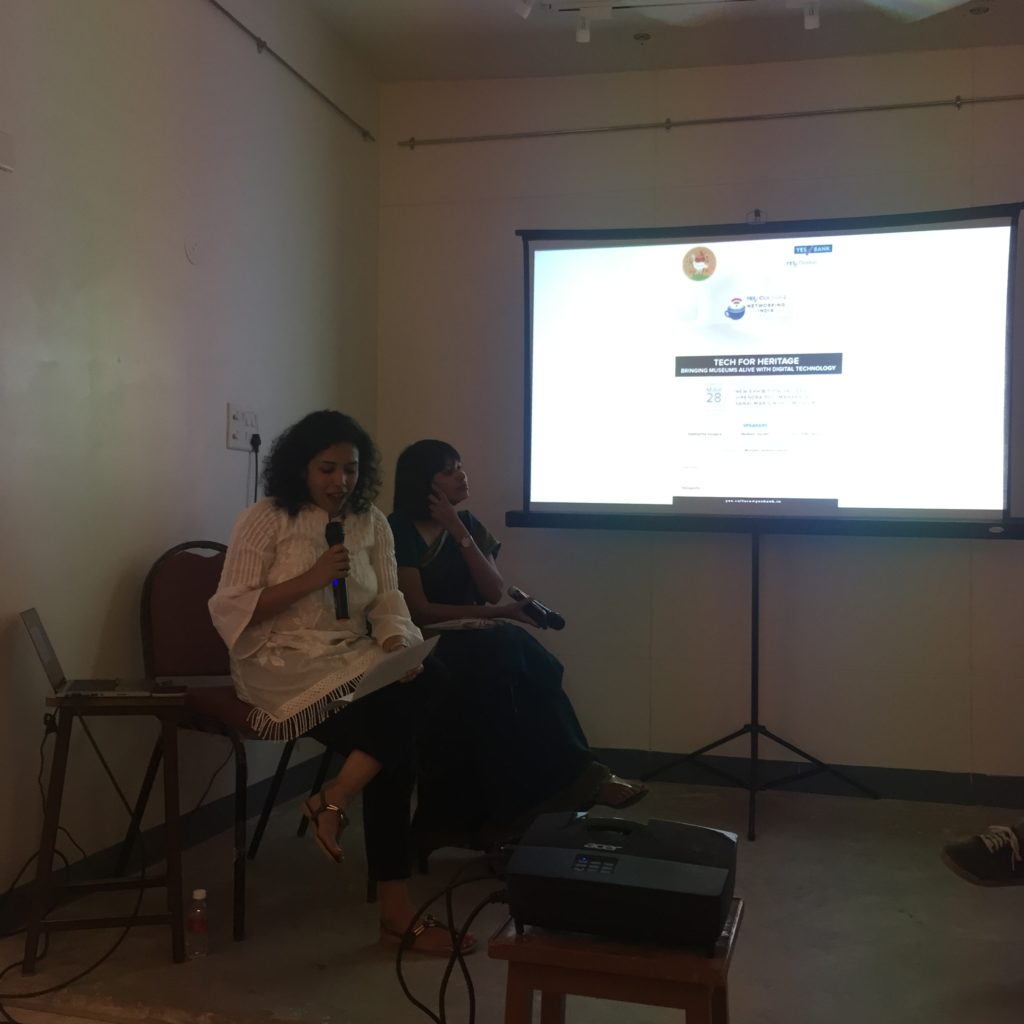
Mrinalini Venkateswaran, moderator of the session, introducing the panelists. Pic Credit: Sania Galundia
Here is a short synopsis:
Art-Smart
Everyone feels Medhavi Gandhi lives in their city, with the way her twitter handle (@theheritagelab) manages to capture all things heritage. She spoke about optimising Instagram as a free marketing tool and humanising the digital experience of a museum’s collection and activities through interactive Instagram stories, meet the team posts, and behind the scene updates. She also emphasised the need to play around with posts through doodles and fun captions to enhance engagement and unshackle the serious and isolated notion of a museum.
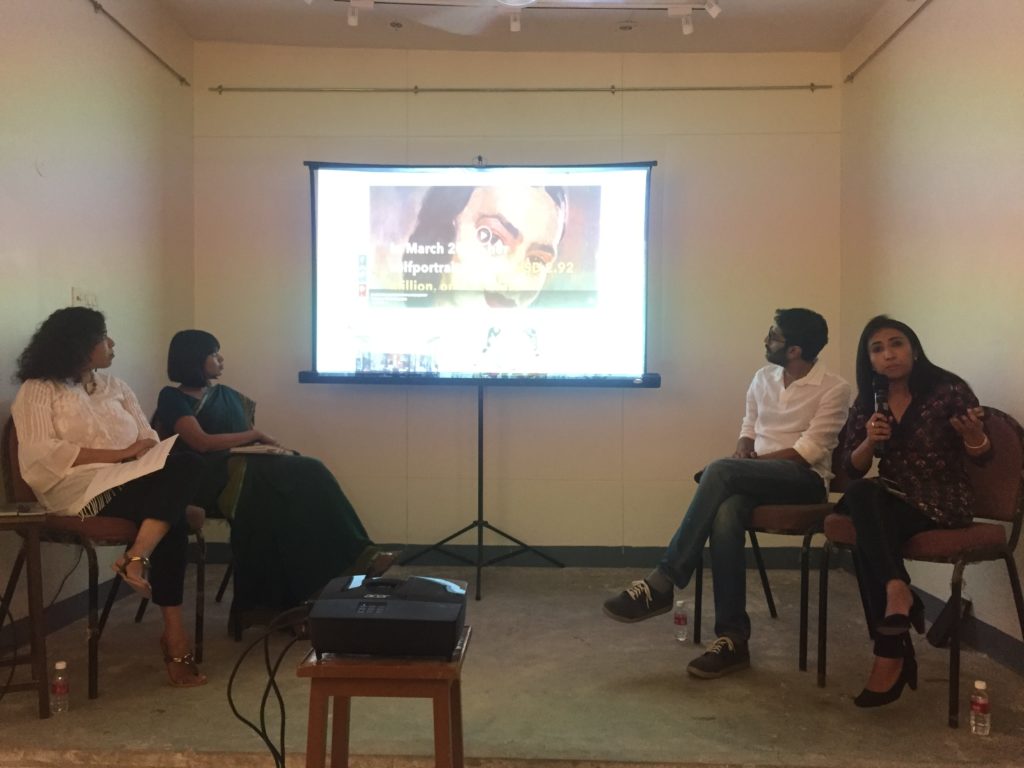
Medhavi Gandhi on institutions being friendly and candid on social media and the importance of being funny. Pic Credit: Sania Galundia
App-etisers
With cell-phones in almost every hand, apps are an innovative platform to reach out to visitors, before and while they are on premises. It is possible to curate content, bring several expert opinions and voices, as well as a hyperlink to more information. A crucial aspect is to find and build a platform that is accessible and will have widespread appeal. The Museum and Captiva have developed an interactive audio guide to the palace complex and its collections.
Siddhartha advocates an immersive experience, where content must be tailored for each visitor, via prompts, through smart algorithms. As the digital content is developed, it is important to anticipate new technological progress— from phones to wearable tech and augmented reality, for example, which opens new avenues for engagement, and exploration, especially when it comes to fragile objects. Of course, this advancement needs collaboration and funds.
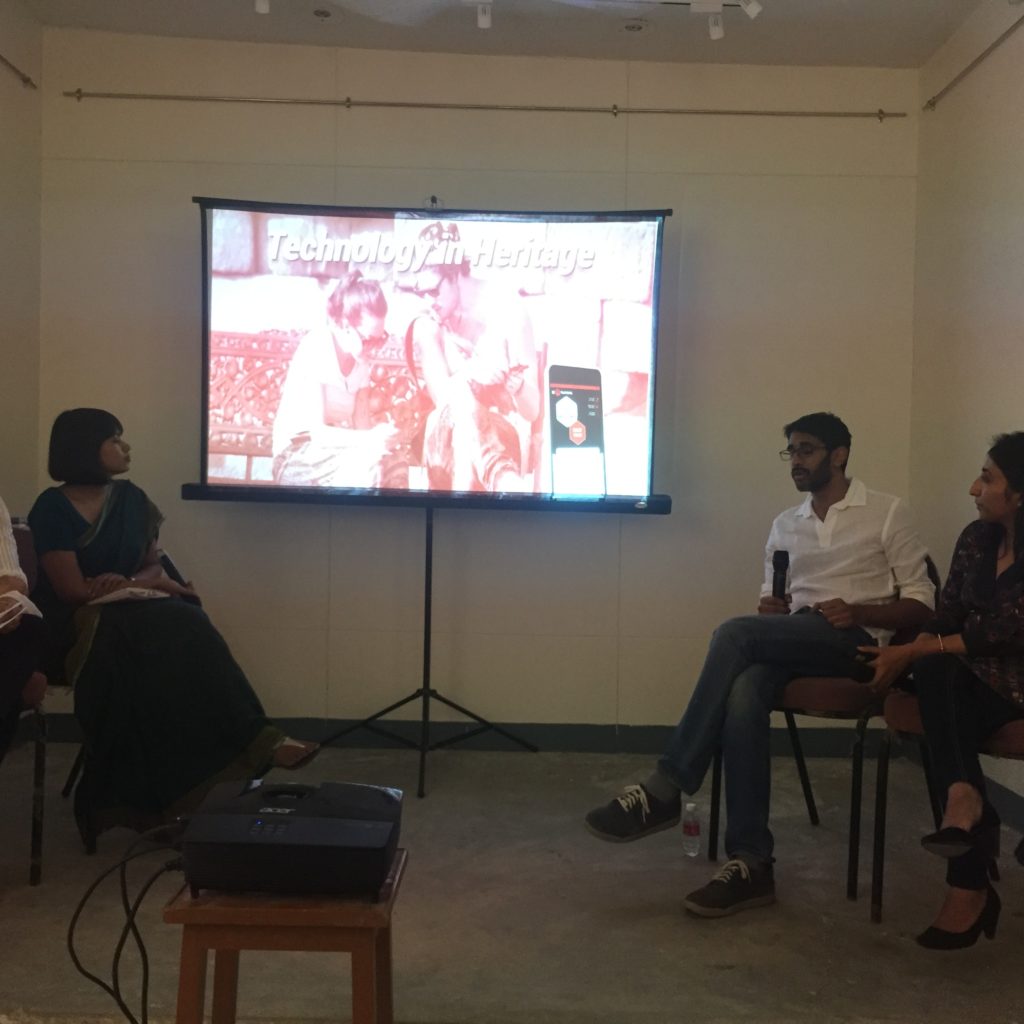
Siddartha Kangora talks tech, common app platforms and the future of the digital space. Pic Credit: Sania Galundia
Go with the Flow
Known for conceptualising and designing immersive learning experiences for young audiences, Flow’s Arundhati Mitter among other things spoke about Culture Connectors and Seppo, the organisation’s new technology-based projects. Cultural Connectors is a digital initiative that aims to foster empathetic understanding, ingenuity, and tolerance through engagement with the multiplicities of heritage and culture. Taking cues from the Hungarian Psychologist, Mihaly Csikszentmihalyi’s Flow theory and the engaging dynamics of games, Flow and Seppo have collaborated to formulate a game based format of learning that combines gamification, physical movement, digital storytelling and social learning.
The focus was also on issues of addressing audiences that are absent from digital platforms through Mitter’s questions like “While technology can be a great social leveller, how do we address audiences that don’t have a digital footprint?”
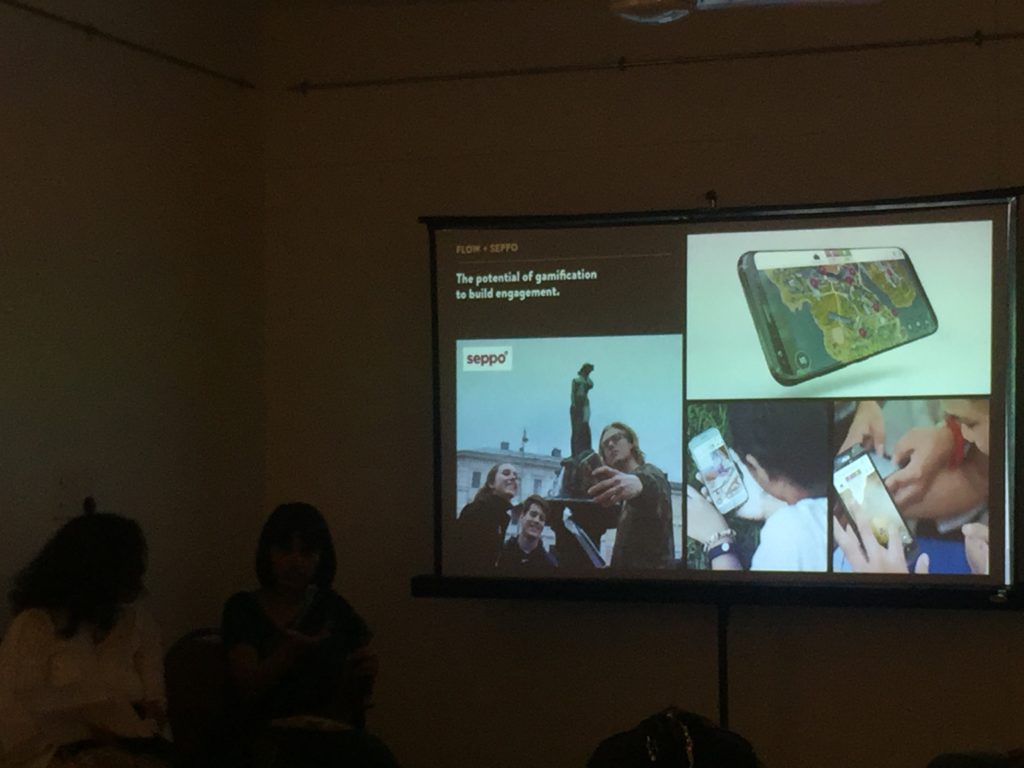
Arundhati Mitter discusses the possibilities of interactive online spaces via gamification. Pic Credit: Sania Galundia
The audience posed questions on personal engagement with the cultural sector; institutional responsibility towards the role of tech in up-skilling quasi-professionals (like licensed tour guides) and larger philosophical questions on the need and focus of technology within the professional sector. The learnings, from the institutional approach, is to engage consistently. With the online space comes its own challenges, like the audience raised a question, how are professionals to deal with copyright issues of visual material? What are the pitfalls to avoid, as smaller, or more modest collections (in comparison to say, the Met) embrace social media? There are possibilities of a mutually enriching experience, where research, history, and narratives overlap. Of course, the World Wide Web is akin to the wild, wild, west— there is much to conquer, but caution is pragmatic.
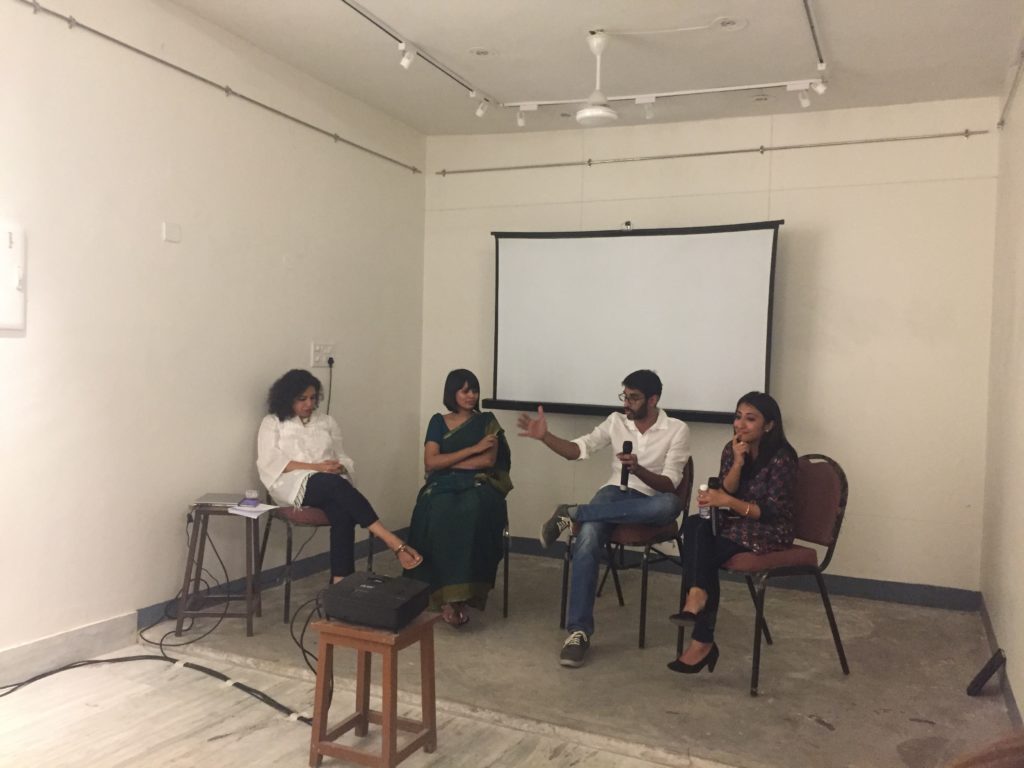
The panel responding to questions from the audience. Pic Credit: Sania Galundia
 Sania Galundia is currently the Curatorial and Outreach Coordinator at the Maharaja Sawai Man Singh II Museum, City Palace, Jaipur. Prior to this, she was the Assistant Curator at the National Gallery of Modern Art, New Delhi (2014-2016) and Research Assistant at the Critical Collective (2013-2014). Sania writes on travel for a leading e-magazine, is interested in contemporary art, and all things food.
Sania Galundia is currently the Curatorial and Outreach Coordinator at the Maharaja Sawai Man Singh II Museum, City Palace, Jaipur. Prior to this, she was the Assistant Curator at the National Gallery of Modern Art, New Delhi (2014-2016) and Research Assistant at the Critical Collective (2013-2014). Sania writes on travel for a leading e-magazine, is interested in contemporary art, and all things food.
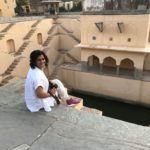 Aparna Andhare is a curator at the Maharaja Sawai Man Singh II Museum, City Palace, Jaipur. Specialising in art and architecture of early modern India, she has two master’s degrees: Art in the Global Middle Ages and Arts and Aesthetics. She has worked on independent archiving projects, written for magazines, and taught and co-ordinated the Art Design History and Theory programme for the undergraduates at ISDI-Parson’s Mumbai. Aparna contributes to various publications, enjoys photography, and works to fund her book-buying and travel addiction.
Aparna Andhare is a curator at the Maharaja Sawai Man Singh II Museum, City Palace, Jaipur. Specialising in art and architecture of early modern India, she has two master’s degrees: Art in the Global Middle Ages and Arts and Aesthetics. She has worked on independent archiving projects, written for magazines, and taught and co-ordinated the Art Design History and Theory programme for the undergraduates at ISDI-Parson’s Mumbai. Aparna contributes to various publications, enjoys photography, and works to fund her book-buying and travel addiction.
ReReeti works with museums, galleries and heritage sites across India to plan strategies, design systems and implement programmes to increase audience engagement and institutional/ company visibility. Email us at info@rereeti.org for a free consultation or to collaborate on an upcoming exhibition.







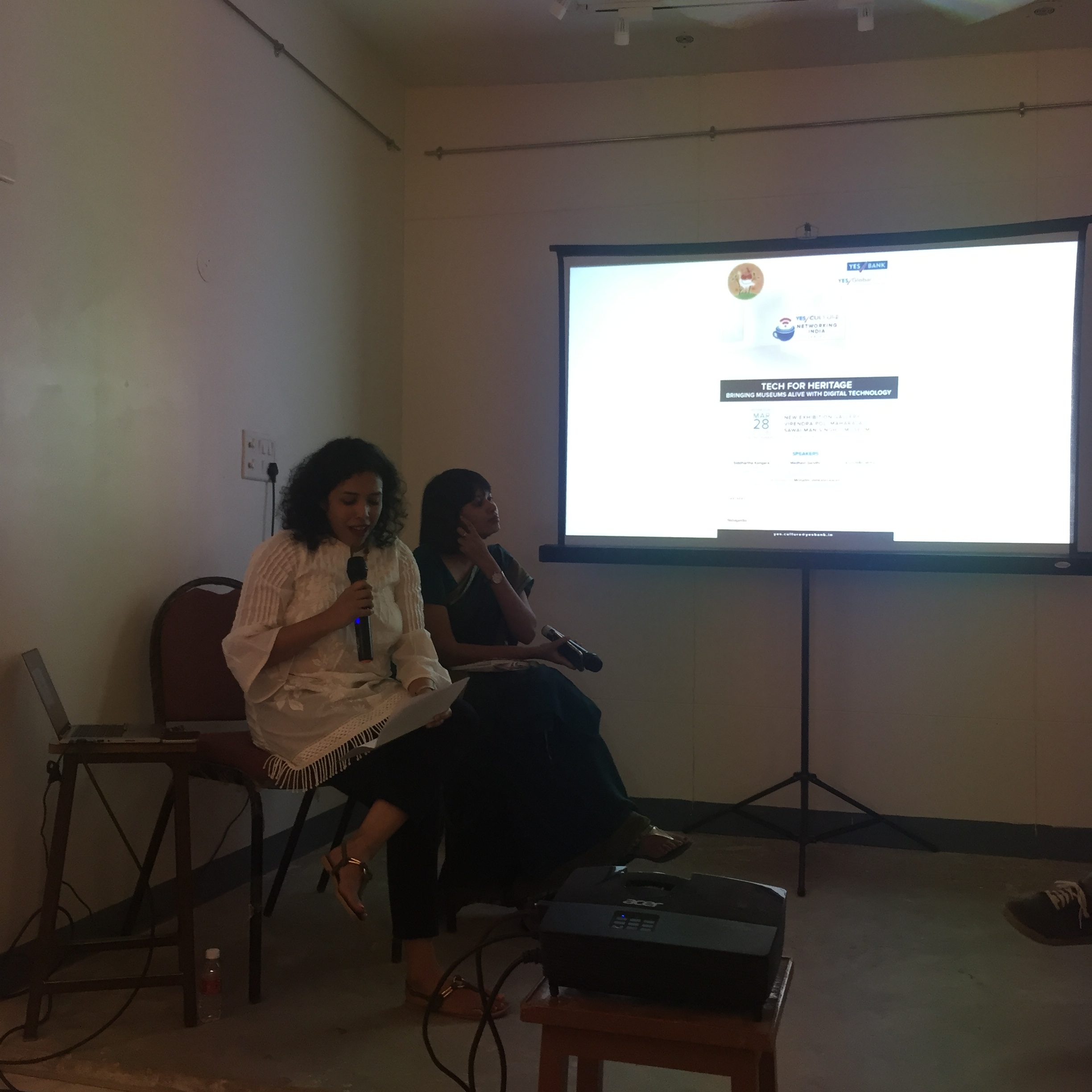
Hello from Vikram.Am part of a family museum called Amulya Shoda in Shimoga,karnataka. I intend to develop a multi dimensional experience museum which tells the tale of human experience-an all inclusive-the good and bad parts of it, which works towards enlightening ppl to understand that IT IS GREAT TO EXPERIENCE EXISTENCE -Each individual being a part of history.The idea here is to make efforts to make ppl experience the greatness of experiencing existence through historical audio-visual,sensory experiences which include physical installations intermixed with virtual installations which make the experience more real and rewarding…